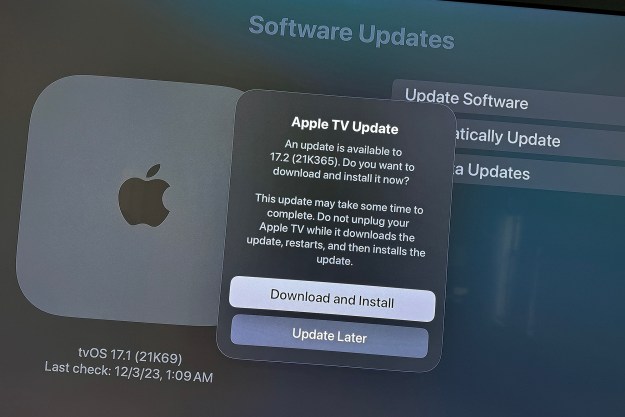
Detailed recently on the official Roku blog, the set-top box manufacturer announced the launch of two new music applications on the Roku Channel Store. Spotify allows Roku users to access their personal Spotify account to listen to custom playlists and the VEVO application provides access to approximately 50,000 music videos created by over 11,000 artists. Beyond music videos, VEVO also offers video of live concerts and provides staff recommendations to help users find interesting video related to favorite artists.

Regarding Spotify playlists, users can load previously created playlists as well as add songs to a specific playlist within the Roku application. When music is playing, the application will display the song title, artist name, cover art for the album and the remaining time in the current song.
The Spotify application is currently available for all Roku 2 players and the Roku Streaming Stick. Support for the Roku HD and LT is in the works. The VEVO application is available for Roku 2 players, the Roku HD, the Roku LT and the Roku Streaming Stick.
The 2.1 update to the Roku mobile application brings new features to the Play on Roku function that allows users to stream music and photos from an Android or iOS device to a Roku set-top box. The added features include a shuffle and repeat option for music as well as the ability to create playlists. The last round of improvements to the Roku mobile application included the ability to assign names to multiple Roku boxes within a household and the ability to launch applications with voice commands on Android mobile devices.
Editors' Recommendations
- Roku closes the barn door, badly, after a half-million accounts are compromised
- What does the Star button do on a Roku remote control?
- The most common Roku problems and how to fix them
- Spotify shows how in-app purchases will work in Europe come March
- Apple Music vs. Spotify: Which music streaming service is the best?


